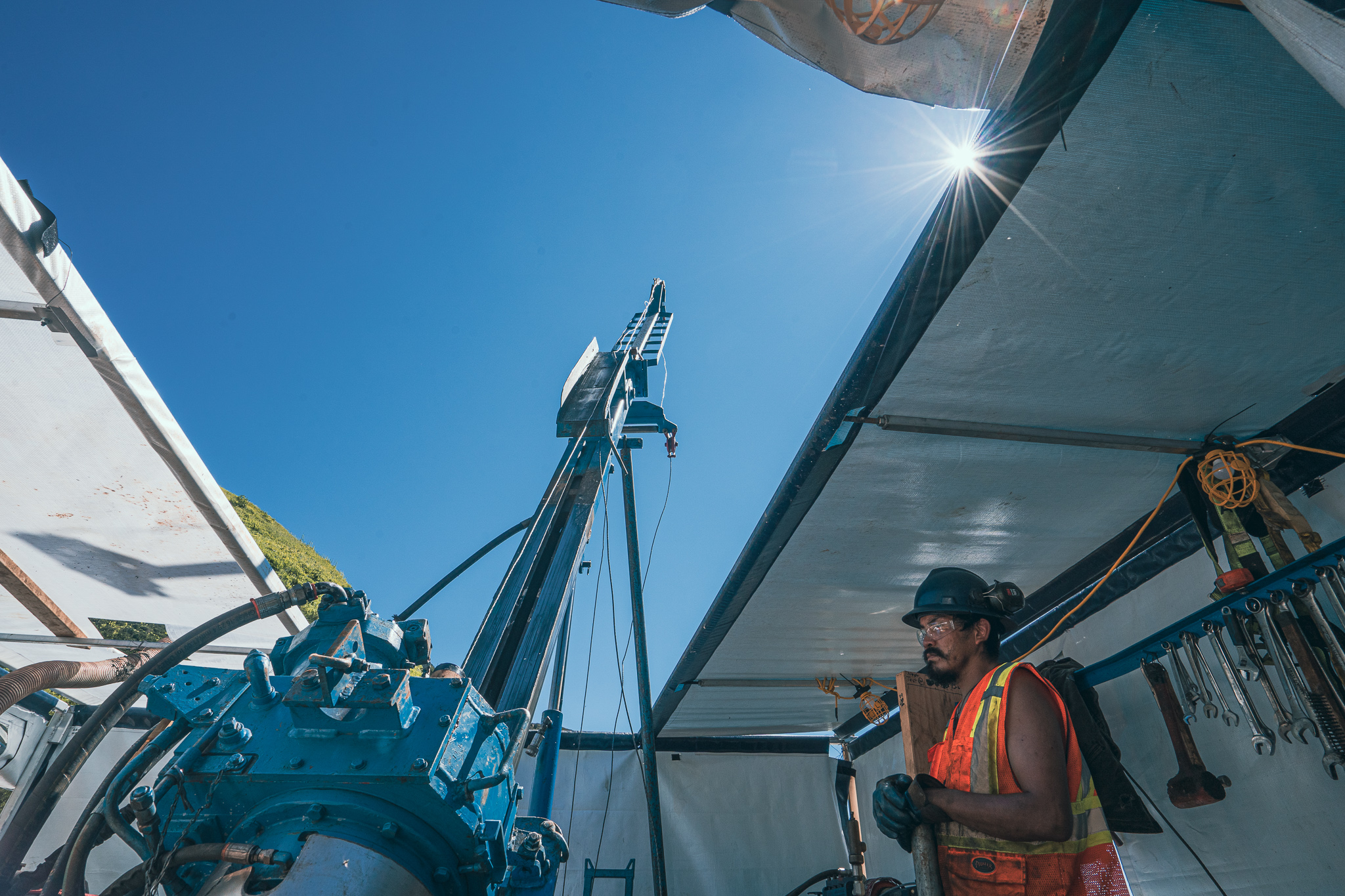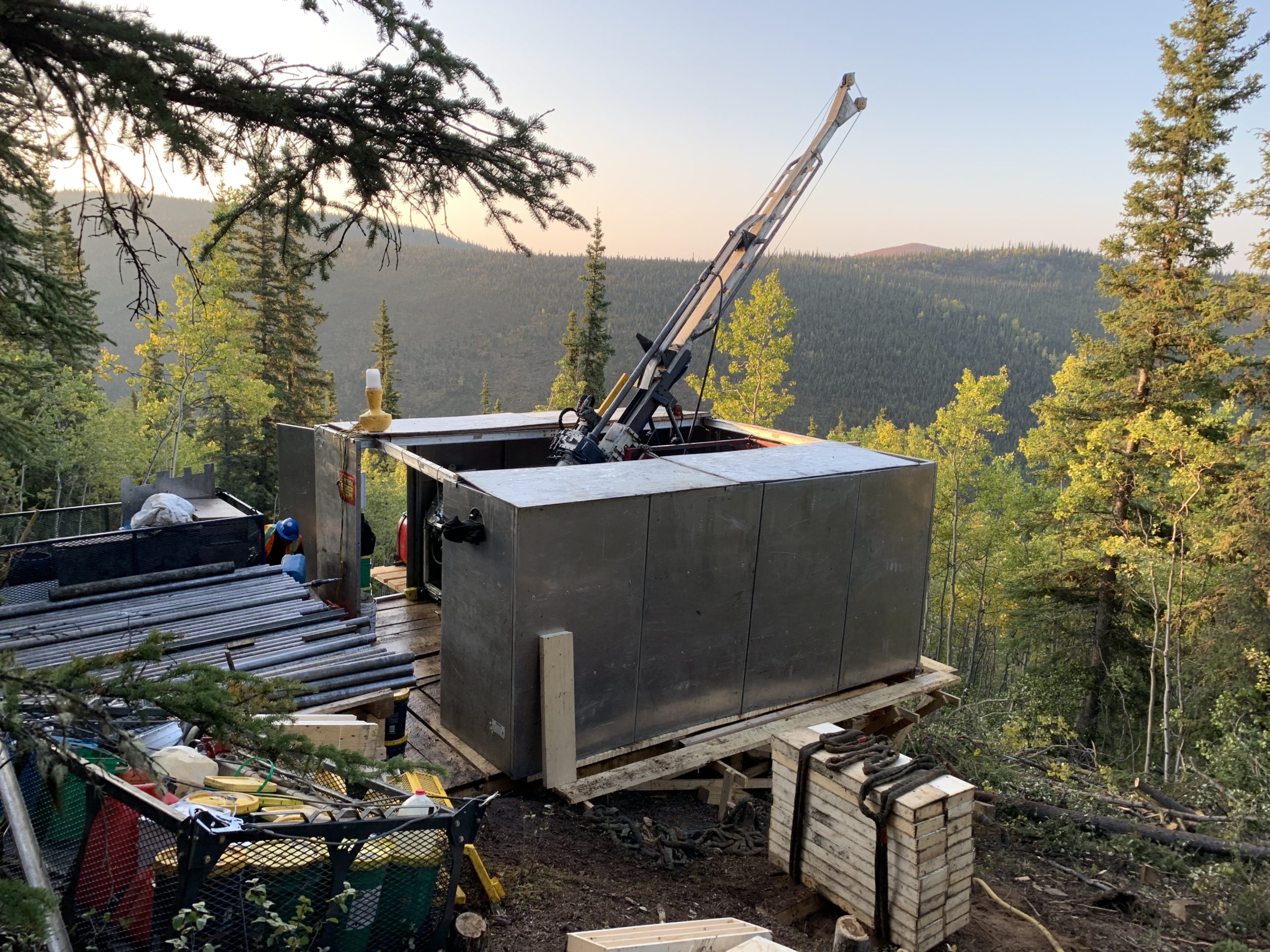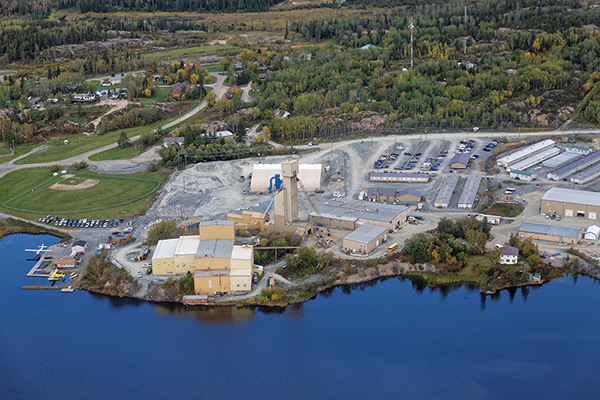Black with Gold Roots
The history of coal mining in B.C.’s Elk Valley surprisingly starts with gold because, like most mining activities in the early 1860s in Western Canada, that was the hot commodity of the times.
It was an era when prospectors and fortune hunters flooded the Rocky Mountain Trench after gold was discovered in 1864 on the Wildhorse Creek. Coal, now the mainstay of mining in the same area, wasn’t given a second thought at the time.
In fact, it wasn’t until the gold finds on the Wildhorse dwindled in 1887 that a surveyor named William Fernie, who stayed behind after the others left the area, eventually made his way up the Elk Valley to where he had heard reports of thick, rich coal seams.
Legend has it that Fernie met the daughter of a chief of the Ktunaxa Nation (pronounced k-too-na-ha). Around the girl’s neck, he noticed a necklace made from beads of coal and agreed to marry her in exchange for learning the coal’s source.
Once he found the legendary deposits, however, he reneged on his promise of marriage, bringing the wrath of the Ktunaxa on Fernie. The chief cursed Fernie’s enterprises and the Elk Valley with fire, flood and famine.
Fernie didn’t suffer much personally from the “spells” and he eventually opened the first coal mine in the area in 1897 and soon produced enough coal in the Elk Valley to convince the Canadian Pacific Railway to build the B.C. Southern Line a year later.
In 1898, a new community (named Fernie, of course) was established with more than 1,500 people, and Fernie became a very wealthy man.
The community of Fernie, however, paid the price for its namesake. The town burned to the ground twice in 1904 and 1908.
Mining deaths were common in those days but, to superstitious townfolk, the mines seemed to claim an unusual number of young men. The depression took a terrible toll on the town’s fortunes, even with the seemingly endless supply of coal in the area, and then there was also that distinctive shadow on Mount Hosmer, the Ghostrider, that resembled a horse and rider, said to be the Ktunaxa chief in eternal pursuit of the man who wronged his daughter.
If the town of Fernie wasn’t living under a curse, for all intents and purposes, it may as well have been.
For 70 years, Fernie never fully reached its potential until, in 1964, members of the Ktunaxa, led by Chief Ambrose Gravelle, met with the leaders of Fernie. They smoked a peace pipe and declared the curse lifted.
Today, the Elk Valley has five major coal operations, all owned by Teck Resources, and loaded coal cars bound for the West Coast harbours travel that same BC Southern Line route several times a day.
While it was gold that initially brought attention to the area, it’s the “black gold” called “coal” that has made this part of Canada legendary.
Coal mining forms the backbone of the region’s economy, but to some, however, the Ghostrider is still watching and some even wonder how far “the curse” spread.
Fernie’s coal mining neighbours to the east, in Alberta’s Crowsnest Pass, also saw their share of misfortune. In the dead of night on April 29, 1903, 82 million tonnes of limestone broke off from Turtle Mountain, all but obliterating the town of Frank that lay below. Seventy of the town’s 600 hundred people were killed, many of them underground coal miners who had worked within the core of the mountain. Turtle Mountain, it is interesting to note, was called The Mountain That Walks by local First Nations people, who never established camp at its base.
In 1914 disaster struck again when 189 miners were killed in the nearby Hillcrest Mine in a coal dust and methane explosion.
The history of coal mining in Western Canada, like other parts of Canada, is filled with great stories, and this is just one of them.





Comments